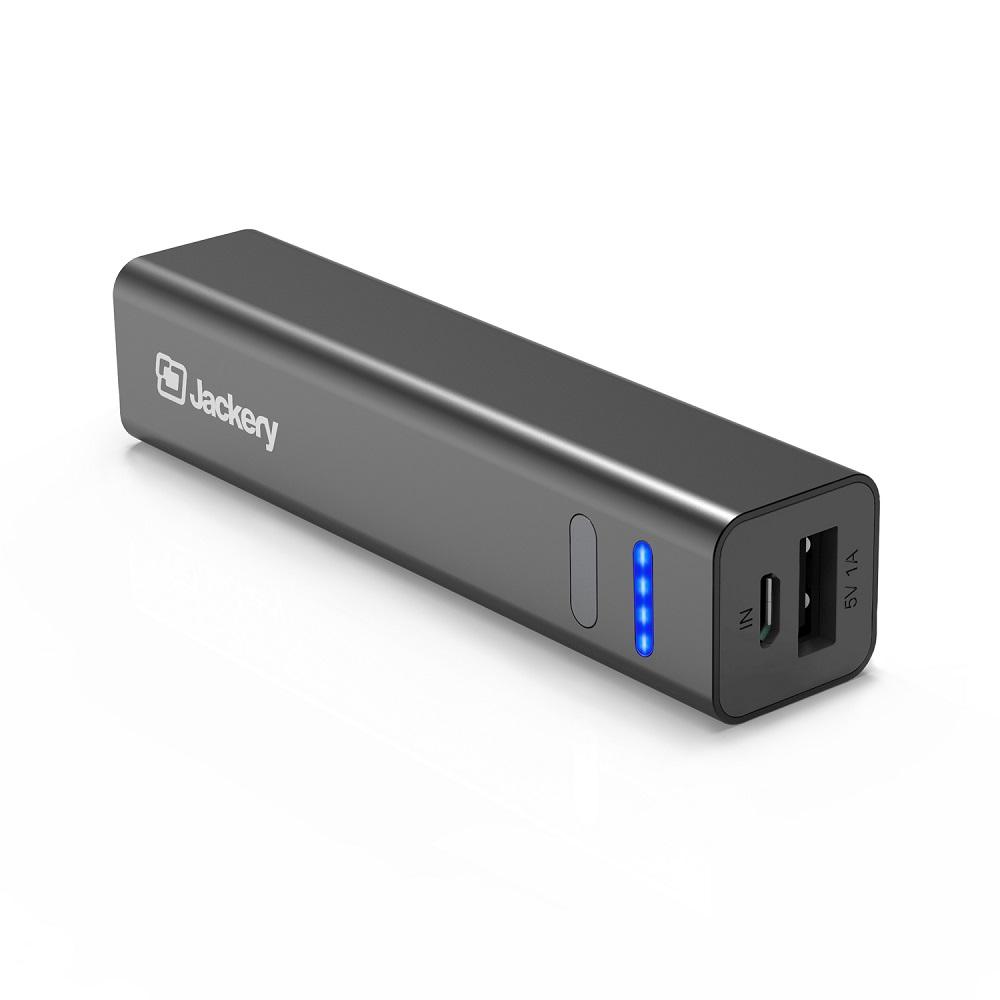Ok, first of all, please understand that I'm pretty new to 3D printing and what I might conceive as easy is actually really hard. I'm not trying to step on anyones toes. So, with that out of the way on to the question.
Why isn't there any ups support? I just lost a print that's been going for six days because of a power outage and that wasn't fun. Even a cheap UPS can drive a rasperry pi for hours, so this could be an affordable solution for everyone. (I think.)
So, my suggestion on how the plugin would work (the printer will not be plugged to the ups since it draws too much power).
1.) Octoprint will immediately pause the print (the printer will have shut down by now anyway)
2.) Once power has been restored the printer will start again and octopi will start waiting for it to connect
3.) Temperatures are restored and the print job resumed
I realize that someone would have added this feature if it was easy. But why is it so hard? What's keeping this feature/plugin from getting added?
Thanks for your replies and thanks to all devs for making this fantastic piece of software

